New SRAM GX Eagle AXS, we test the most economical electronic MTB groupset on the market
It has been less than a year since SRAM unveiled its updated GX Eagle groupset with the new 520% range cassette and 10-52 development. Now SRAM's entry-level groupset is also going electronic with the arrival of its AXS version. The SRAM GX Eagle AXS thus becomes the most economical electronic groupset for MTB. We were lucky enough to test it before its launch and here we tell you all about it. At the end we will also compare it with its mechanical version and the top-of-the-range AXS model.
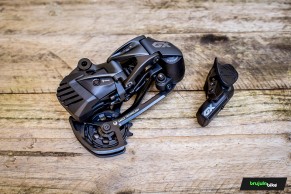
New SRAM GX Eagle AXS, features and price of a bestseller
The SRAM GX Eagle AXS comes to bring all AXS technology to a wider range of users. Essentially, it is an upgrade that is fully compatible with any model in the AXS ecosystem. And therefore this upgrade can be mounted on any bike with a Sram Eagle cassette, either with 10-50T or with the new 10-52T cassette.
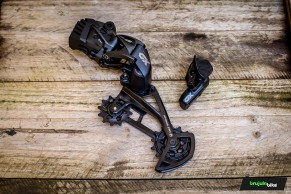
SRAM GX Eagle AXS Controller
RECOMENDADO

How to wash your cycling clothes? 10 keys to make them always look new
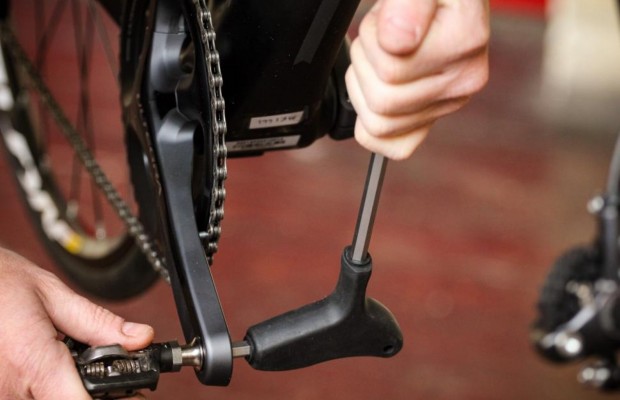
How to change the pedals of any bike in 5 steps

This is how they erase the penises that are drawn on the roads of the Tour de France
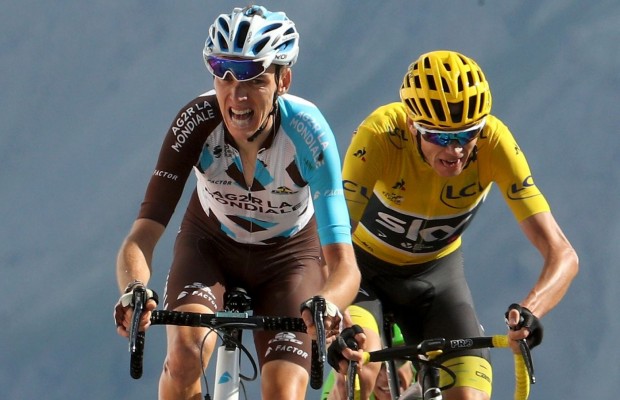
How to lose body fat? Differences between losing weight and losing fat
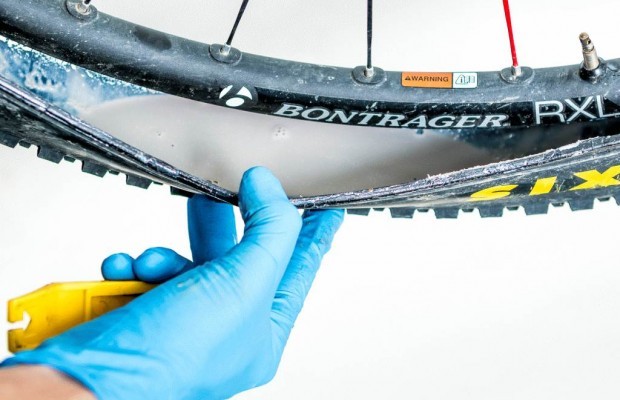
When must the tubeless tire sealant be replaced? What quantity?

Free alternatives to Zwift
To begin with, we have a push button similar to the XX1 and X01 AXS. It offers two mounting possibilities, either using the matchmaker system that integrates it with the brake levers, or with an individual bracket that gives us more freedom when choosing the position on the handlebar.
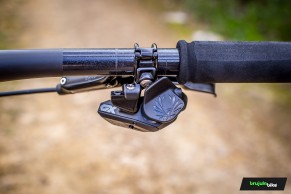
The 3 ways of operating the pushbutton are maintained, the upper front part that we operate with the thumb shares operation with the internal pushbutton that we operate with the index finger. Clicking on one of them lowers one sprocket by default. Clicking on the lower front part raises one. This can be easily configured and reversed from the SRAM App itself.

Each press hardly requires any force from our fingers, a different feel to any cable-operated group.
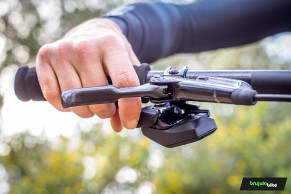
It can be linked to any SRAM AXS component, i.e. you can use it with an XX1 rear derailleur without any problem. It also has the possibility of fitting the Rocker button, which improves the ergonomics and makes it more similar to a mechanical button.
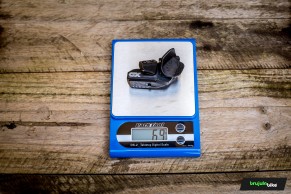
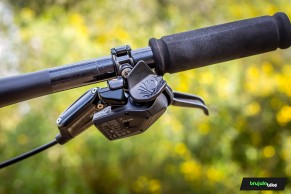
Sram GX Eagle AXS rear derailleur: steel for robustness and price relief
The rear derailleur is almost identical to the electronic versions, with the difference being the pulley pin and the material used in its manufacture, in which steel has been chosen in order to give it greater robustness and a more affordable price. The electronics and shifting mechanisms are the same, which is a guarantee of precision and reliability. It has all the technology with which SRAM equips its rear derailleurs, Cage Lock, Roller Bearing Clutch, X-Horizon, X-SYNC.
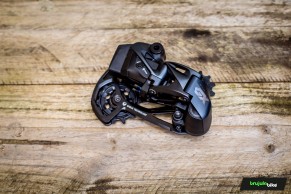
It maintains the Overload Clutch protection system which is capable of protecting the rear derailleur from any blow it may receive, disengaging the mechanism when it receives the impact and returning to its position to maintain the gear development once the blow has passed.
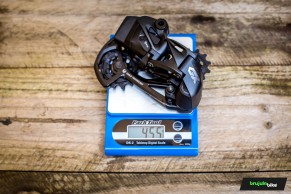
It also comes with a plastic battery cover, which can be very interesting if you use one of these gears for enduro, trail or all-mountain riding. It is possible to purchase this accessory separately, in case you already have an AXS and want to give your battery extra protection.
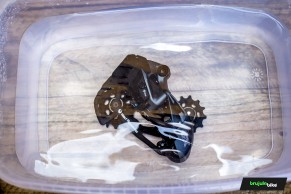
The derailleur weighs 455 g and the controller between 69 and 82 g, depending on which handlebar mount is used. Both components are fully insulated from dust and water according to IP69K. It will be sold in Lunar Grey finish.
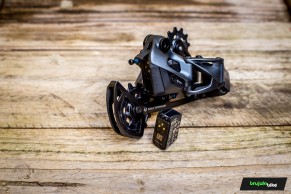
The GX Eagle AXS is on sale as an upgrade consisting of a rear derailleur with battery, control with clamp, charger cord and Chain Gap tool, all for €620. There is also the option of purchasing each component separately.
SRAM GX Eagle AXS Price List
-
Rear Derailleur GX1 Eagle AXS 12 speed Lunar Max 52T (Battery Not Included) 385€
-
EC GX Eagle AXS 12 speed Right Hand 2-Button Controller with Discrete Clamp 155€
-
GX1 Eagle AXS Upgrade Kit (Rear Der with Battery, Controller with Clamp, Charger/Cord, Chain Gap Tool) 620€
-
Battery Cover Eagle AXS Rear Derailleur 20€
400 kms with the new Sram GX Eagle AXS
We have been able to test the GX Eagle AXS for around 400 km, which may not be enough to assess long-term reliability, but it has been enough to put it to the test in really complicated situations.
A few days before receiving the groupset, a generous amount of rain had fallen in the area where we usually carry out our product tests, so it was the right time to go out and try it out.
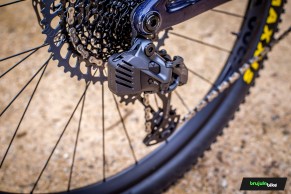
Water and mud have not been able to do anything against the GX Eagle AXS, its performance has not been affected at any time. Not having a cable and casing ensures that dirt won't accumulate on the cable and casing, preventing any loss of shifting precision. Even if mud gets stuck in the shifter you won't notice it, you don't have to pull a cable to move it, just a simple click of a button and the motor takes it to the next sprocket.
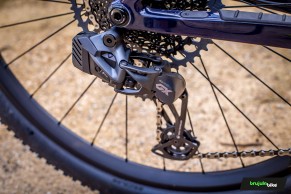
The similarity between AXS models is not only aesthetic, in operation they are also at the same level. There are no differences, the shifting is precise, just as smooth. It is true that the mechanical GX Eagle already provides quite a lot of shifting precision and is very close to the performance of an X01 or a mechanical XX1, but this new GX Eagle AXS is on another level. We would even dare to say that it is almost impossible to tell the difference between the performance of an XX1 AXS and the new GX AXS.
The shifting between the different sprockets is smooth, even in the most extreme situations when you find yourself in the middle of a steep slope and need to move up a cog, you just press the button and without any hesitation the shifting goes to the selected place. It is in this type of situation that you can see the advantage over a mechanical groupset of a similar range.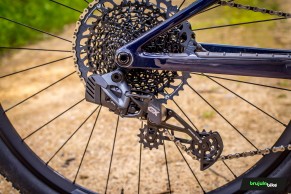
Mechanical SRAM GX Eagle and XX1 Eagle AXS
Comparisons are odious, but in this case we believe it is necessary to clarify the differences with both its mechanical GX version and the brand's star groupset, the XX1 AXS, in order to see what this new SRAM upgrade brings to the table.
Let's start by comparing the controller. It offers the same feel and functionality as the XX1, as well as the same configuration possibilities via the App (see if multiple shifting is possible). Compared to the mechanical GX, it wins by far in the improvement that is obtained when we press to make the changes. On those cold days when you can barely feel your fingers, it makes it much easier to change the sprocket with less effort.
The weight of the controller is 82g with the clamp that attaches it to the handlebar. This is the same weight as the XX1 AXS pushbutton and 37g lighter than the mechanical GX pushbutton.

Price-wise, it is worth 155€. That's 45€ less than the XX1 AXS and 110€ more than the cable-driven GX.
As far as the shifting is concerned, as we have mentioned, it works just as well as the XX1, with a shift precision and smoothness somewhat superior to the mechanical GX and with the ease of maintenance and aesthetic gain that the AXS range provides.
It weighs 468 g, which is 116 g more than the XX1 AXS and 168 g more than the mechanical GX.
The retail price is €385. Here there is a big difference compared to the XX1 AXS, we are talking about 365€. In contrast to the mechanical GX there is a difference of 261€.
In summary we are talking about the GX Eagle AXS upgrade with a total weight of 550 g and a market value of 620€ including charger and adjustment tool, while an XX1 Eagle AXS upgrade for the balance at 434 g with a price of 1050€ also including charger and adjustment tool.